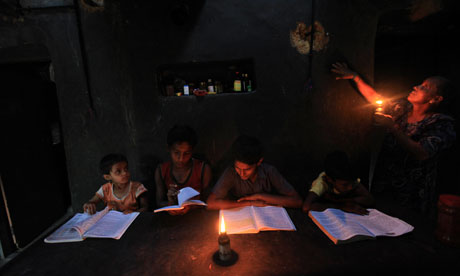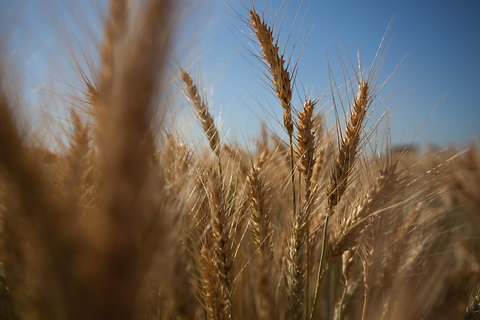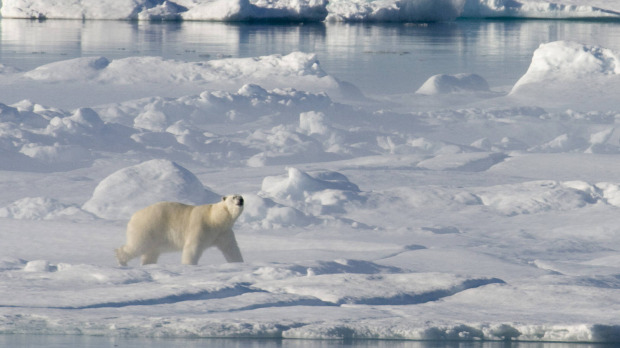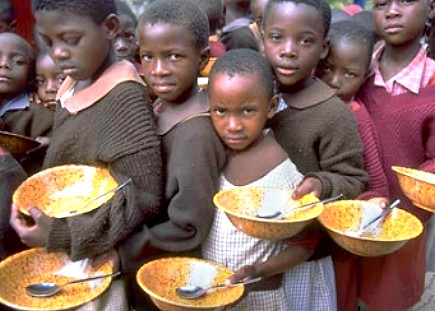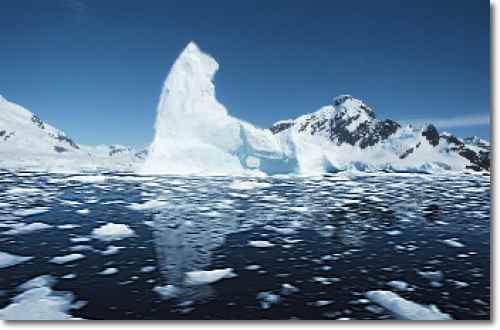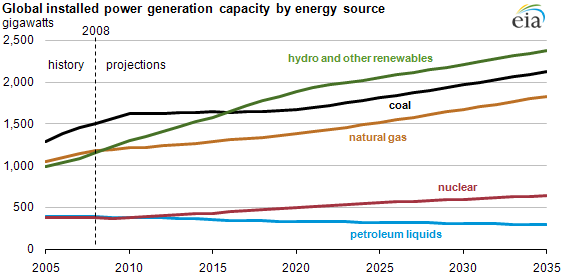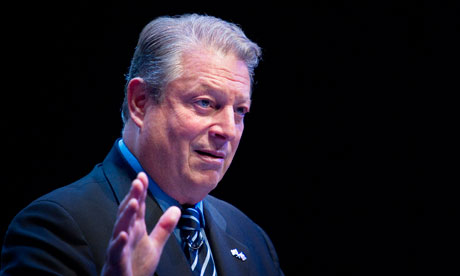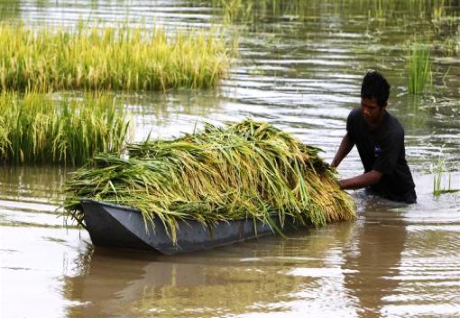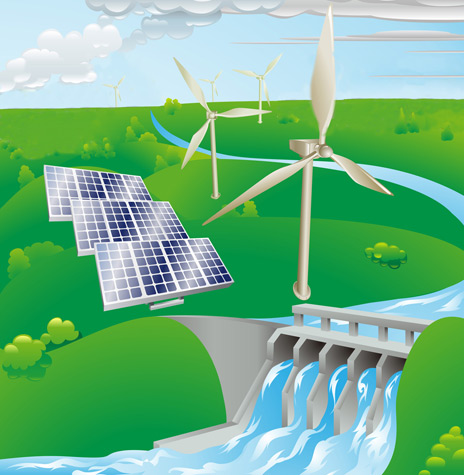World Issues
Submitted by ward on
Deep Thinking About the Future of Food
Submitted by ward on
Global teacher shortage threatens progress on education
Submitted by ward on
Canadian Arctic nearly loses entire ice shelf from global warming
Submitted by ward on
The Difference Between Chronic Hunger and Famine
Submitted by ward on
Renewable energy shows strongest growth in global electric generating capacity
Submitted by ward on
Al Gore: clear proof that climate change causes extreme weather
Submitted by ward on
River basins could double food production - study
Submitted by ward on
Wind, Water, and Solar Power for the World
Submitted by ward on



